Earlier generations of the BMW 5-series set benchmarks for sports-sedan road manners that we still refer to when evaluating ride and handling. But years before the 2023 5-series arrived this model moved on to a more comfort-focused mission. BMW’s executive sedan looks upscale without being ostentatious, and that stealthy appearance provides some respite from constabulary scrutiny. And that’s a good thing, especially if you order the turbocharged inline-six 540i or twin-turbo V-8 M550i models, which can hit 60 mph in 4.7 seconds and 3.5 seconds, respectively. Looking for a 5-series with a more relaxed personality? The entry-level 530i and plug-in hybrid 530e, both four-cylinder-powered, offer adequate punch and also the benefit of better fuel economy. No matter the trim, the 5-series offers plenty of space for passengers and a list of luxury and technology features that keep pace with rivals such as the Audi A6, Genesis G80, and Mercedes-Benz E-class. The fiver’s handling might not be the sharpest, but it can waft down the road as effortlessly as any mid-size luxury cruiser.
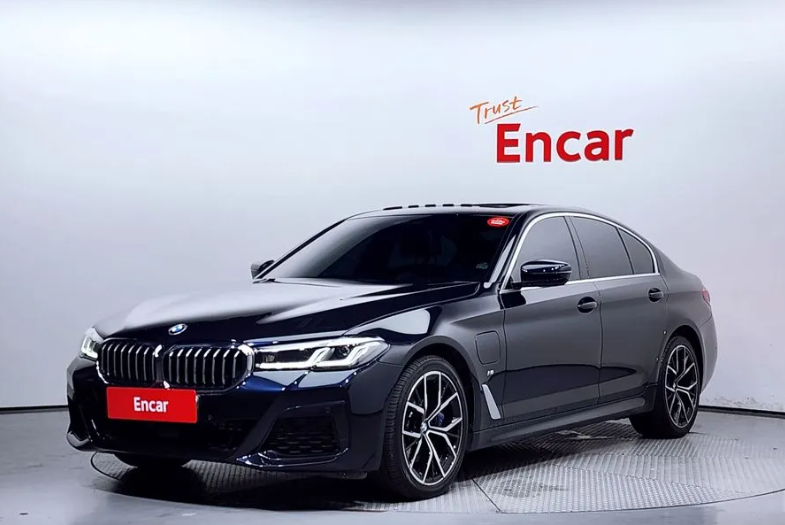
Whats New for 2023?
The 5-series sedan carries over to the 2023 model year largely unchanged. The optional Premium package now includes a remote-start feature but no longer includes the company’s gimmicky gesture controls for the iDrive infotainment system. The Parking Assistance package is no longer available on 530i, 530e, and 540i models but the Executive package is now available for those cars and includes a head-up display, a Harman/Kardon stereo system, a power-operated trunk lid, and heated front seats among other items. The top-spec M550i now comes with a power rear sunshade. Three new colors—Artic Race Blue, Skyscraper Grey, and Aventurin—are now available.
Pricing and Which One to Buy
The price of the 2023 BMW 5-series starts at $56,995 and goes up to $82,495 depending on the trim and options.
The mid-range 540i continues to be the best value in the 5-series lineup, offering a nice balance of performance and comfort. This model comes standard with rear-wheel drive, but all-wheel drive is available. The available Convenience package seems like a wise add-on, as it includes heated front seats and a power-operated trunk lid.
Engine, Transmission, and Performance
Smooth, powerful, and efficient, both the four-cylinder in the 530i and the six-cylinder in the 540i motivate this big sedan with authority. The 540is powertrain benefits from a little extra boost, care of a 48-volt hybrid system. Each engine pairs with an eight-speed automatic transmission that shifts intuitively and quickly, making the most of the available power. The 540is six-cylinder is silky smooth and potent, and it makes delightful noises. Apart from the top-dog M5, which we review separately, the M550i is the athlete of the lineup, with a twin-turbocharged 4.4-liter V-8 under its hood. In our testing, the M550i sprinted through our acceleration runs quicker than the Audi S6 and Mercedes-AMG E53, hitting 60 mph in just 4.1 seconds. All 5-series models are competent handlers, but they lack the kind of driving verve we expect from BMW. Steering feedback is light, and the ride—even in the performance-oriented M550i—appears to be tuned more for comfort than driver involvement.
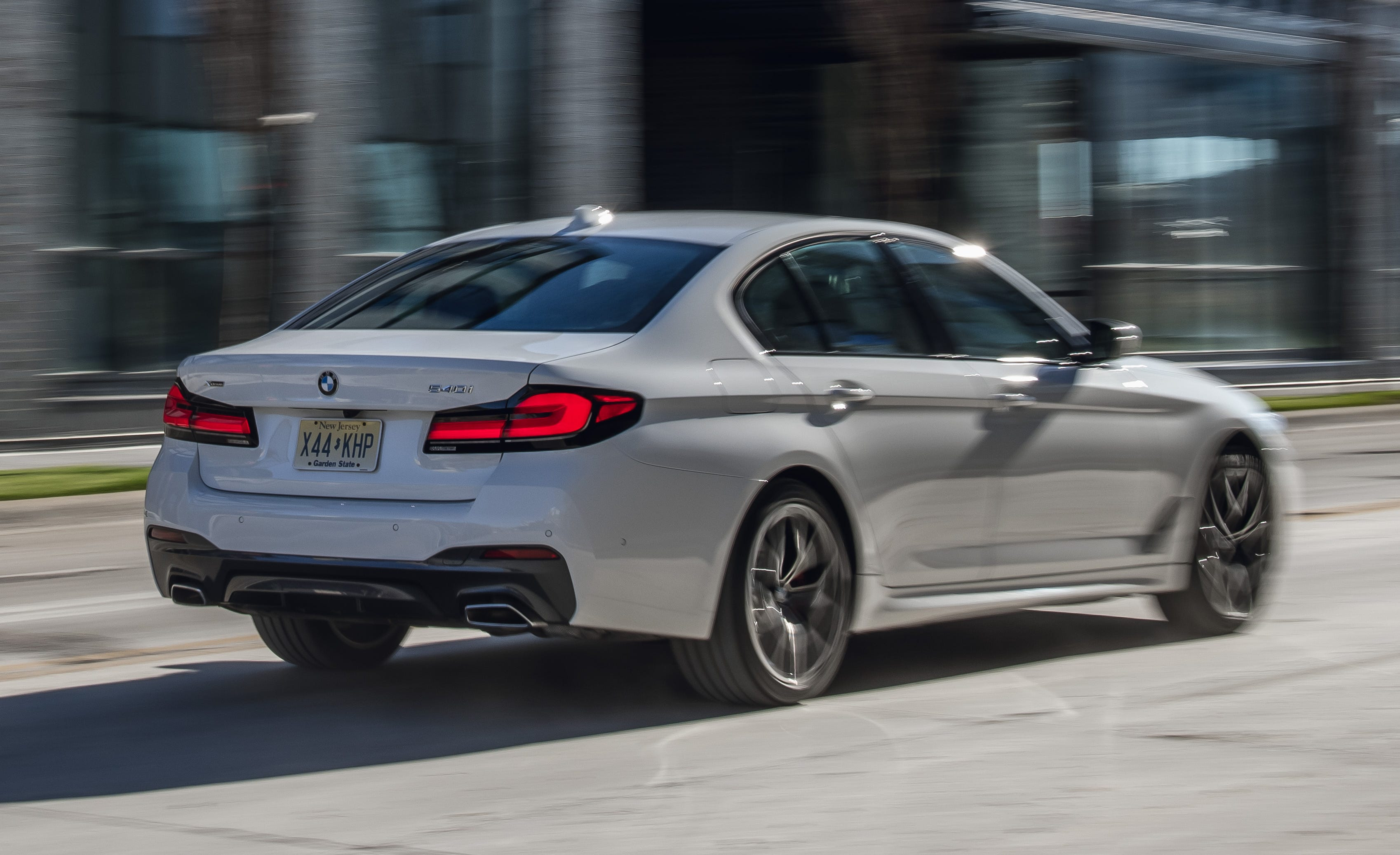
Fuel Economy and Real-World MPG
The EPA estimates the four-cylinder 530i will earn up to 25 mpg in the city and 33 mpg on the highway. The six-cylinder 540i is rated at up to 25 mpg city and 32 highway. The more powerful V-8 M550i lowers those to 17 mpg city and 25 highway. All three of the models we tested overachieved in our real-world testing; the 530e delivered 34 mpg while the 540i and M550i did 31 mpg and 28 mpg, respectively. For more information about the 5-seriess fuel economy.
Interior, Comfort, and Cargo
Rich appointments and good design make the cockpit of the 5-series a civilized space. Its a noticeable upgrade compared with the somewhat drab cabin of its predecessor. Its also spacious for rear-seat passengers and features an impressive amount of technology. Weve experienced the optional 20-way multi-contour front seats, which adjust in every way imaginable and provide hours of comfort. The standard seats might not be as indulgent, but you can still adjust them in 16 ways. The BMWs large trunk space is on par with what its competitors offer, fitting six carry-on suitcases back there. That said, the cabin is lacking in cubbies and storage compartments. To accommodate the battery pack, the plug-in-hybrid 530e has four fewer cubic feet of trunk space than nonhybrid models and swallows two fewer carry-on suitcases, but at least it retains its folding rear seats, unlike many other hybrids.
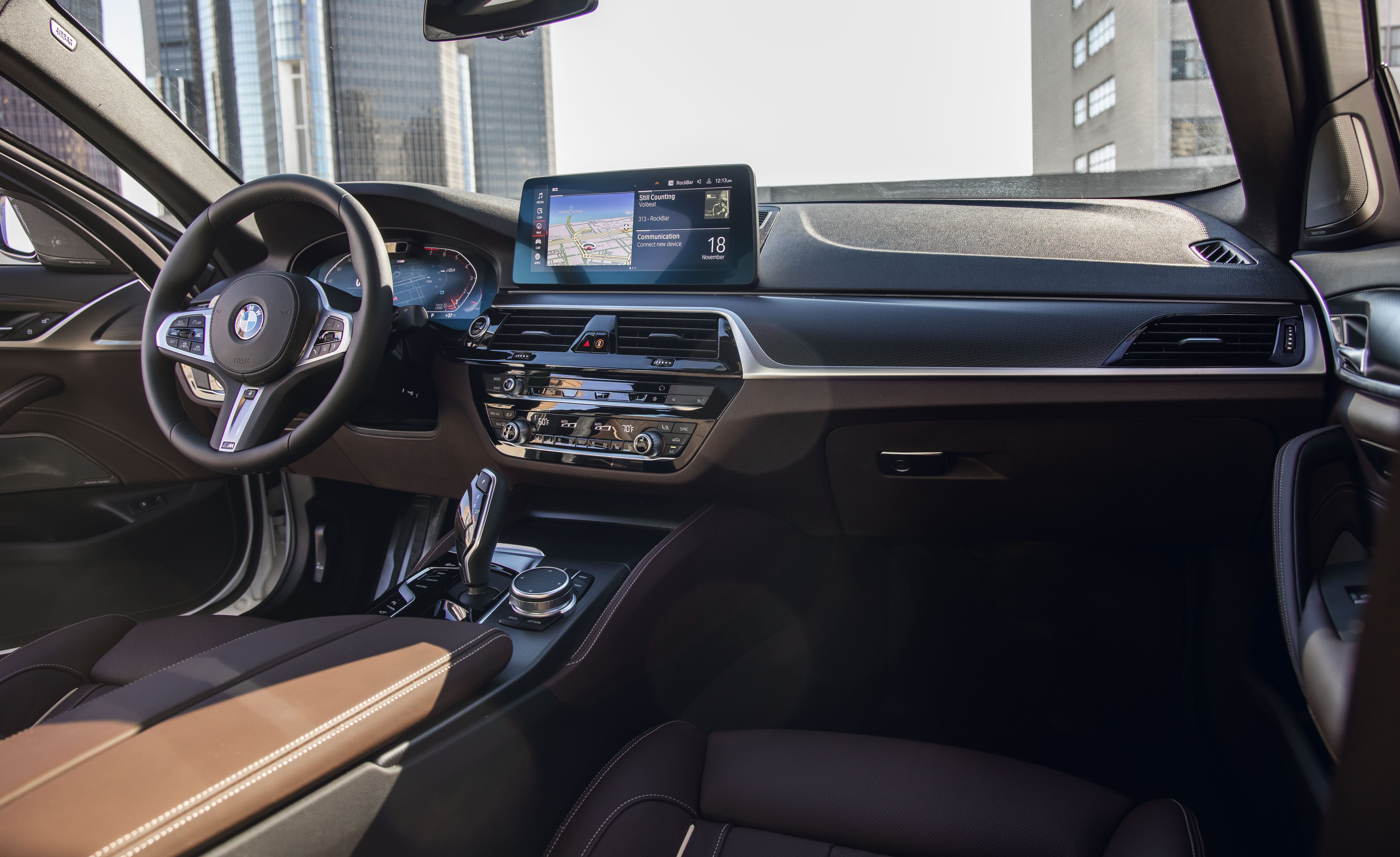

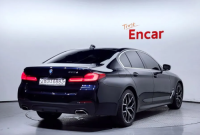
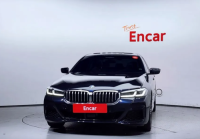
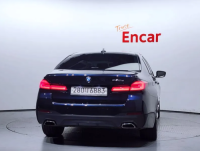
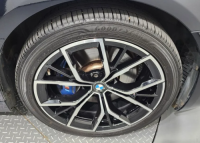
 Available
Available
